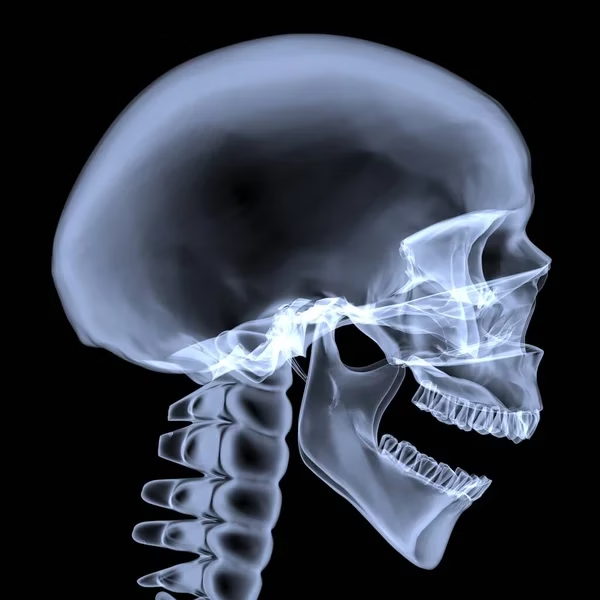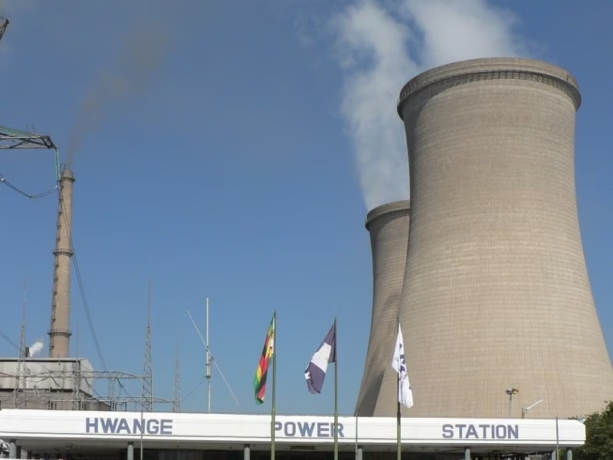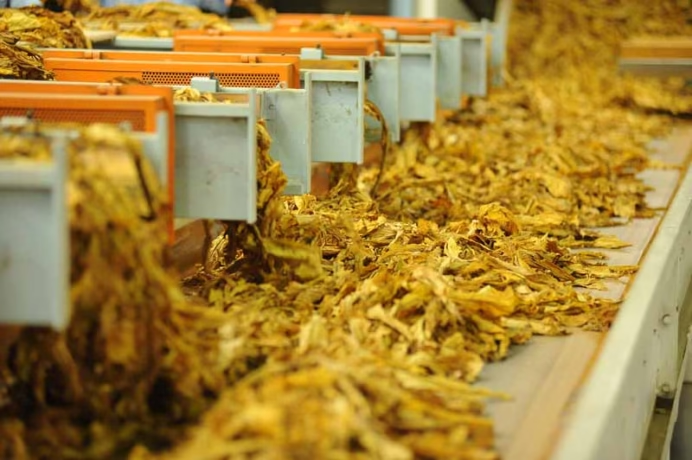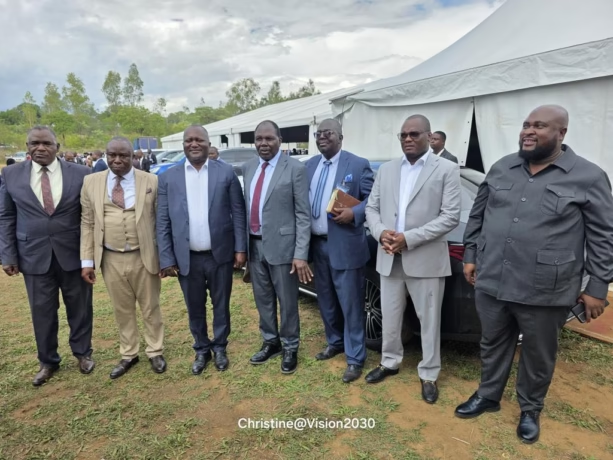
Gweru Provincial Hospital’s successful removal of a steel nail from a 75 year old patient’s skull is more than a gripping medical story, it is a quiet revolution in how specialised health care is being decentralised and delivered in Zimbabwe. What would, until recently, have been an automatic referral to Harare or Bulawayo was handled locally, safely, and successfully, sending a powerful message to the 1,6 million people in Midlands Province that life saving neurosurgical care is no longer a privilege reserved for big city hospitals.
The case of Mr Leviticus Chaurura, admitted on 18 October with a penetrating head injury and operated on three days later, reads like a textbook example of what happens when investment in skills, equipment and infrastructure converges. A resident neurosurgeon, Dr Lawrence Hlatshwayo, and anaesthesiologist, Dr Precious Chiputa, are now permanently based at Gweru Provincial Hospital, turning what was once a referral centre into a regional hub for complex surgery. Their work did not just save a life, it reset expectations for what a provincial hospital can do.
Behind the operating theatre drama lies a bigger systems story. The hospital’s neurosurgical push has been backed by Government support and the intervention of the First Lady, Dr Auxillia Mnangagwa, and her Angel of Hope Foundation, which has helped equip the facility for intricate procedures. This blend of public investment and philanthropic support is starting to narrow the long standing gap between urban and provincial access to specialist care, especially for emergencies where time, distance and cost can be the difference between life and death.
For families like that of Mr Chaurura, who is now recuperating at his rural home in Gutu, the benefits are immediate and tangible, shorter travel, lower costs and the comfort of being treated closer to home. For the hospital, each successful surgery builds confidence, deepens experience and justifies further expansion. Plans already in motion to construct a double storey neurosurgical complex with additional theatres and recovery space point to an institution that is not content with a one off milestone, but is positioning itself as a permanent pillar in Zimbabwe’s specialist health care architecture.
In a health system often criticised for brain drain and overburdened central hospitals, Gweru’s breakthrough represents a counter narrative, that of quiet, methodical capacity building in the provinces. As more patients are treated locally and fewer cases are referred to Harare or Bulawayo, pressure on central hospitals can ease, while Midlands residents gain faster access to care. If sustained funding follows the ambition already shown by the medical team and their partners, Gweru Provincial Hospital’s “nail from the skull” operation may come to be seen not as an isolated miracle, but as the moment a provincial hospital stepped confidently into the era of high level, home grown specialist medicine.




